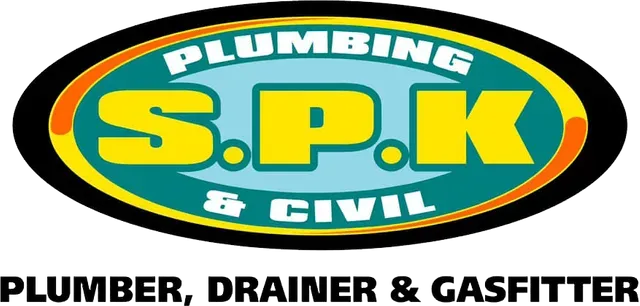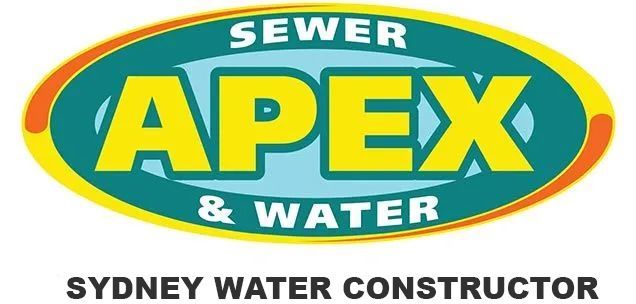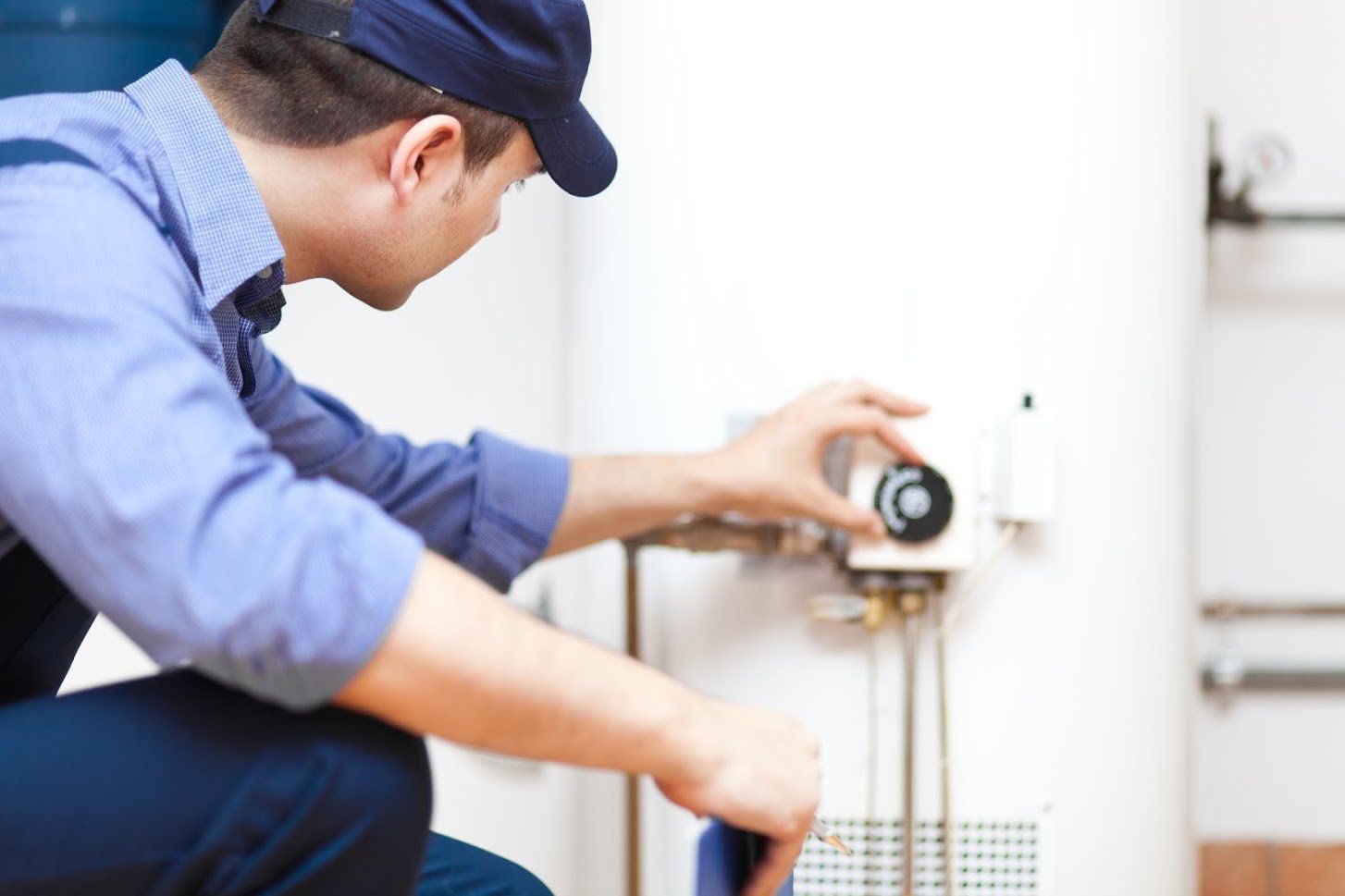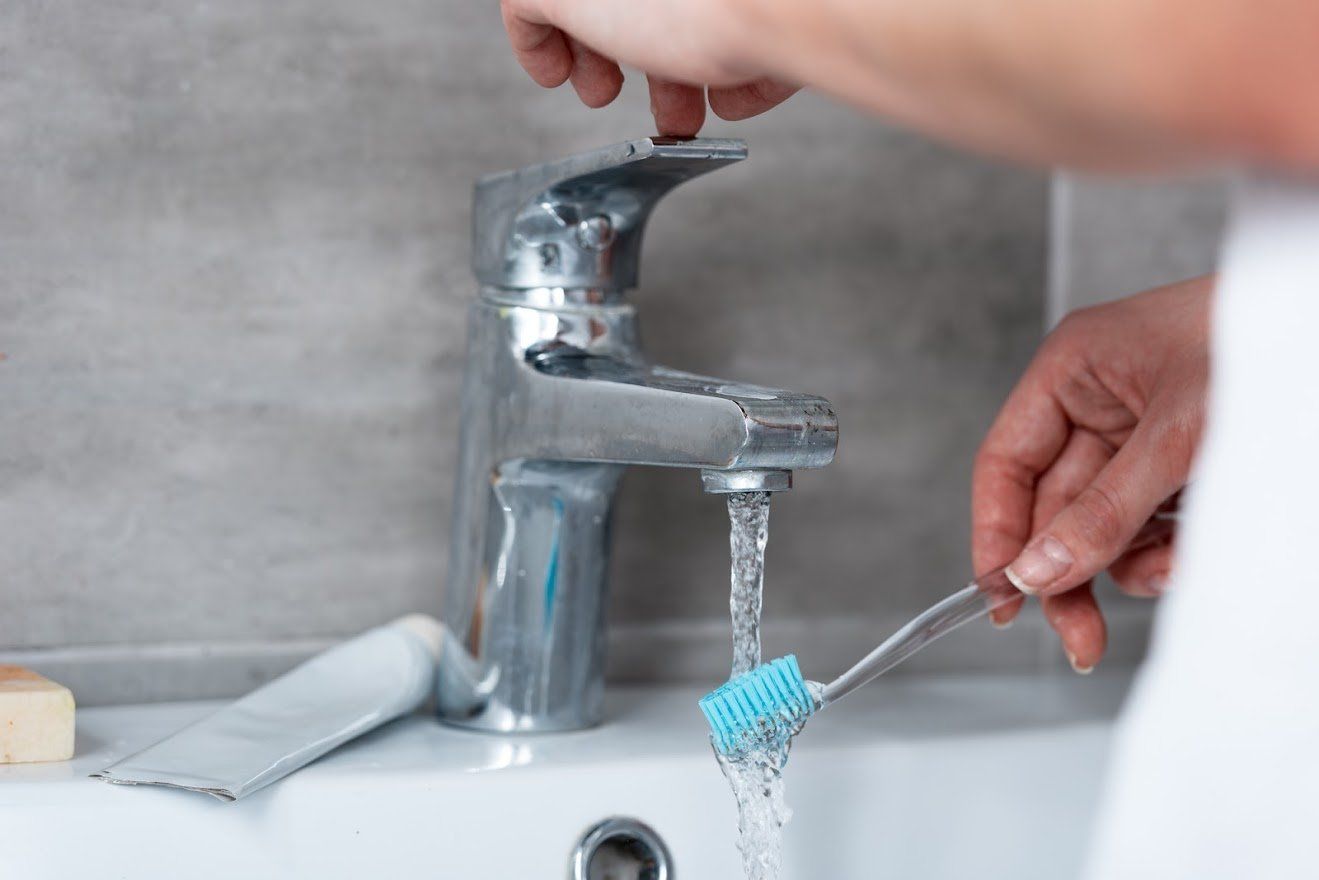Plumbing Tips from Experts in Wollongong & Illawarra
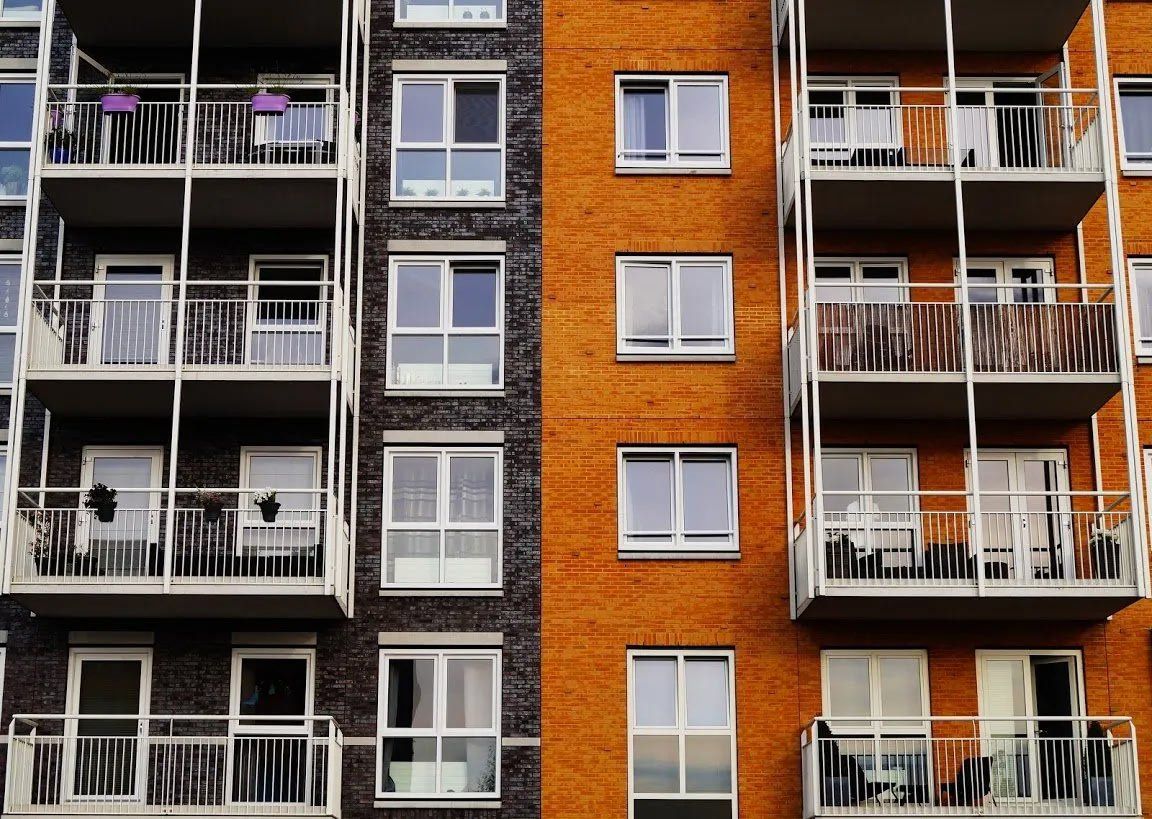
If you're building a new apartment block, then you have to find the best way to get utilities into each apartment. When it comes to hot water systems, you might have to choose between a centralised or decentralised system. While many blocks use a central hot water system, a decentralised option has some advantages. How does this system work and what are its benefits?
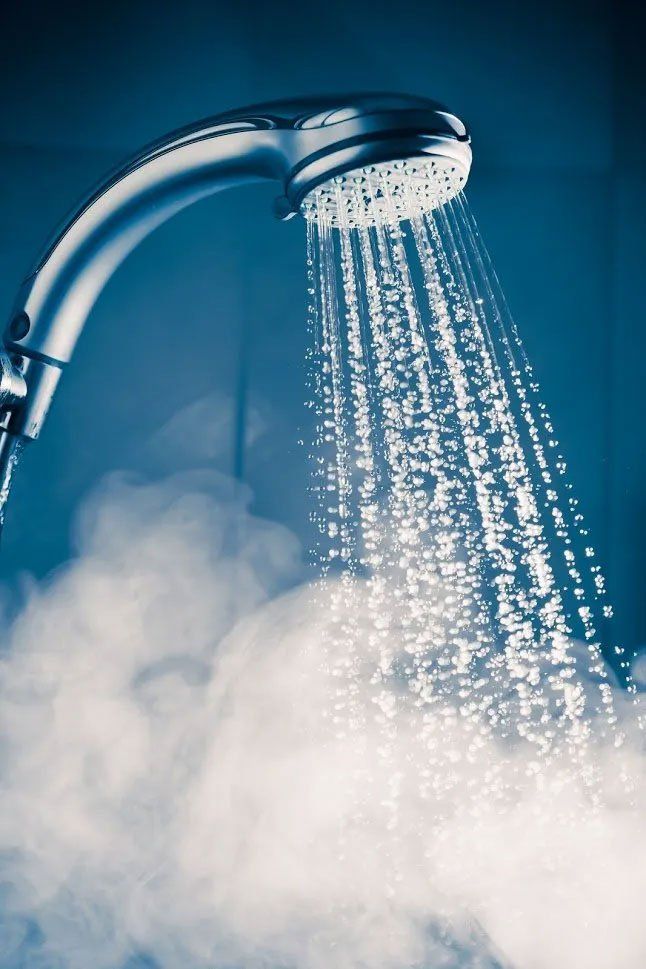
If your home needs a new hot water system, an instantaneous water heater can be an excellent investment. These unique water heaters can provide hot water moments after you activate a hot tap or shower. However, if you do choose an instantaneous hot water system for your home, you will need to decide whether you want an electric or gas-fired system. Each type of heater comes with its own advantages and disadvantages, so familiarising yourself with these pros and cons in advance can help you make an informed decision. Gas instantaneous water heaters Gas instantaneous hot water systems receive power from natural gas or propane and are suitable for larger homes with substantial hot water requirements. Many gas-fired systems can provide several gallons-per-minute of hot water, making them an excellent choice for larger families or homes with multiple bathrooms or kitchens. Gas instantaneous water heaters may also be the best choice if you are concerned about running costs. If your home connects to a natural gas pipeline, a gas heater will usually be significantly cheaper to run than an electric equivalent. Bear in mind that natural gas prices can vary from place to place, so you should check natural gas prices in your area before choosing a gas model for economic reasons. However, you might have a price to pay for low running costs and large amounts of hot water on demand. Gas instantaneous water heaters are a lot more mechanically complex than their electric counterparts and will usually cost more to purchase and install. They will pay for themselves over time with their low running costs and may represent a better long-term investment for your home. Gas-powered systems also often require more maintenance than electric models, and you will need to install vent pipes to prevent dangerous combustion by-products (such as carbon monoxide) from leaking into your home. These vent pipes will also need maintaining and periodical checking for leaks. Electric instantaneous water heaters While electric instantaneous hot water systems are often not as powerful as gas-powered systems, modern electric models can still provide enough hot water for most households. They do not require any venting, and the heaters themselves are more compact than gas-fired models, so electric instantaneous water heaters may be the better choice for smaller homes and apartments. Electric instantaneous hot water systems may also be more suitable for environmentally conscious homeowners. While electric hot water systems are not as powerful as gas-powered water heaters, they use their power much more efficiently and will put a smaller dent in your home's overall energy efficiency rating. They are less expensive to purchase and install than gas heaters and can be a better choice if you need to replace your existing heater on a tight budget. Under certain circumstances, they can also be more cost-effective to run. If you choose a gas water heater for a home that lacks a natural gas connection, you will have to rely on propane, which can be much more expensive (especially if your home lacks an on-site propane storage tank). However, the cost of installing an electric instantaneous hot water heater can skyrocket if you live in an older home with dated electrical infrastructure. An electric instantaneous heater will require at least 100 amps of electric power to run properly, and Wollongong's relatively cool winter climate can increase electrical demands even more. If your home's existing electrics cannot handle this added power draw, they will need upgrading from a professional electrical contractor. This can be an expensive project and may make installing an electric system more costly than choosing a gas-fired system instead. You have many reasons to choose either type of instantaneous hot water system. If you need any more advice on which type of instantaneous hot water system is best for your home and circumstances, contact the water heater professionals at S. P. K Plumbing & Civil for expert advice and recommendations.

Unusual sounds in or around water taps are usually a sign that something is wrong. Taps and their pipes make various noises when they aren't working quite right. If one of your taps has started to make a hissing sound, then you should work out what is going on. You might hear this sound when you turn on the tap or when you turn it off. In some cases, a tap hisses for no apparent reason when you aren't using it. This sound doesn't necessarily mean you have a major problem right now, but you should try to work out where the problem lies. Learn more about the issue. 1. Your aerator has a problem Some taps contain aerators at the spout. These water-saving devices control the flow of water by mixing it with air so that you can use less water but maintain adequate pressure and flow. If your tap has an aerator, then this is the first thing to look at. Problems with these devices often create a hissing noise. For example, an aerator can wear or move out of position; scale can block up its holes. If the device has these kinds of problems, water can't flow evenly through it. Some water might get stuck behind the device. Or, some flow might have to force itself through a tighter or blocked space. The hiss you hear is the water trying to run through a space that won't let it through. If you have a scale problem, then cleaning the aerator might fix the problem. If the device is worn, broken or too gummed up to clean, then you might need to replace it. 2. Your tap has an internal problem Taps sometimes make hissing sounds because of a problem with an internal part. Anything that is out of position, broken, worn or corroded affects water flow. For example, rubber washers wear down over time. They lose their tight fit. Worn or corroded threads, loose screws and stuck valves also sometimes cause a problem. Rather than coming straight down out of the tap, water is diverted or gets stuck. As well as hearing a hiss, the tap itself might vibrate a little when you turn it on if it has an internal problem. If your tap hisses because of a degraded or broken part, then the noise should stop if you fix or replace the part. Once water flows freely again, your tap should go back to normal. 3. Your water pressure has a problem Water should come out of your taps at a specific pressure. When your pressure settings are correct, you should get a strong and adequate force of flow that is neither too weak nor too strong. If your tap mainly hisses when you turn it on, then your pressure setting might be too high. Your water runs through your pipes at the wrong rate. Your system applies too much force to it, and the rush of water makes a hissing noise when you use the tap. Pressure problems also show in other ways. For example, you may hear hissing in other areas around the tap such as in the sink or in the tap's supply pipe. The tap might hiss even when it isn't in use. High pressure can be down to a faulty regulator in your plumbing system. The regulator might not be on the right setting or it might need a repair or replacement. Even though a hissing tap doesn't mean that you have a major problem, you should find the cause of the noise and fix it. If you ignore plumbing problems because they seem insignificant now, you could end up with a bigger issue and a more expensive repair down the line. To find out exactly why your tap hisses, contact S.P.K Plumbing & Civil . We will track down the source of the sound and make things good again quickly and efficiently.
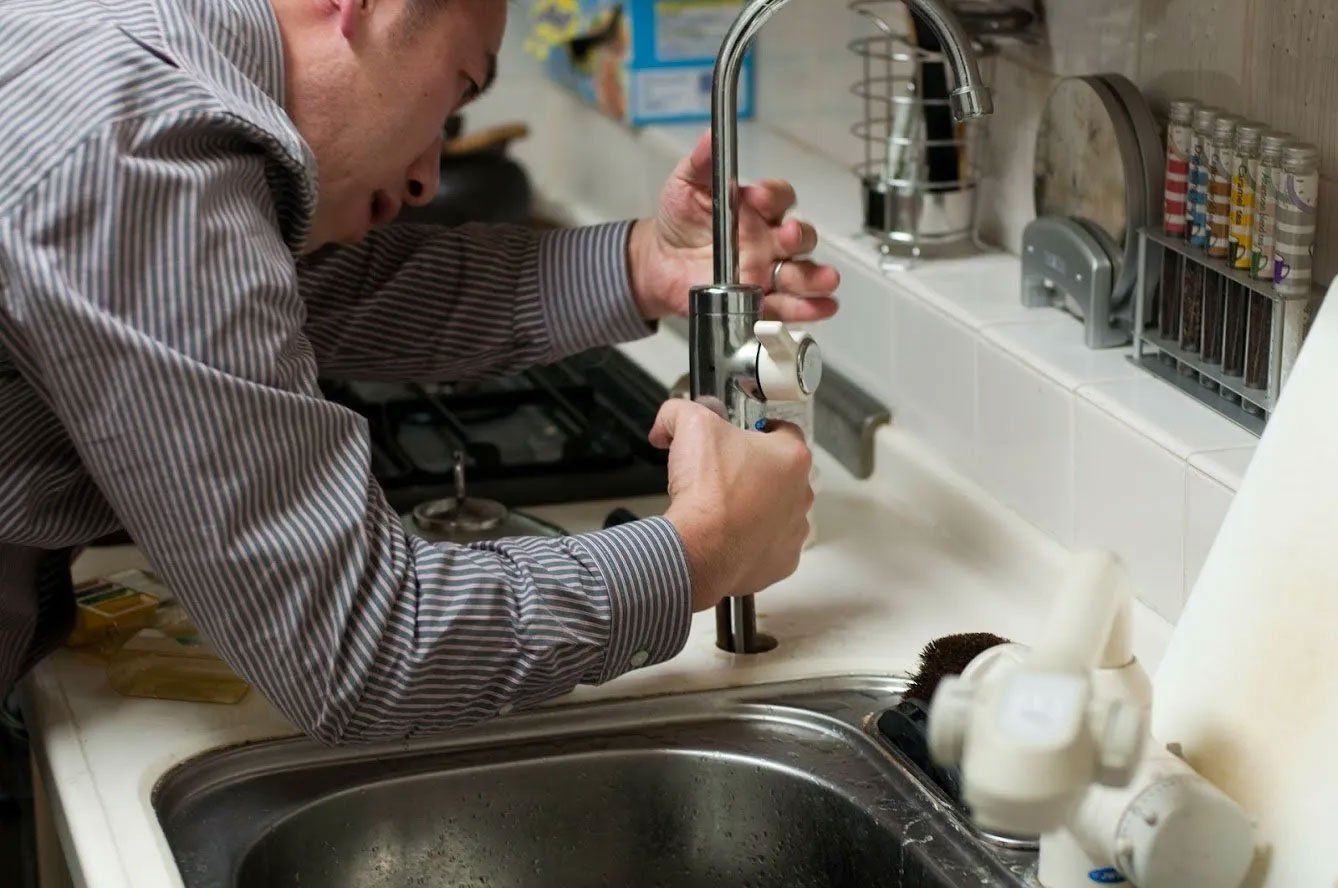
The water that comes out of your kitchen taps shouldn't have a strong smell. You might get the occasional whiff of chlorine but, apart from that, your water shouldn't smell of anything. However, you sometimes get a rank sulphurous smell when you turn on your taps. This is like rotten eggs. It is down to an excess of bacteria or hydrogen sulphide in your system. Why does this happen and what can you do about it? 1. You have a sink problem If you smell rotten eggs when you run a tap, then you'll initially assume that the smell comes from the water. However, it may come from your sink. You could have a problem with pipes or the drain. Before you do anything else, check if your sink is at fault. Fill a glass with water and take it away from the sink. Let it settle for a couple of minutes and then sniff the water. If it smells like bad eggs, then you have a water problem; if it smells fresh, then something is off with your sink. If your pipes or drain are blocked or coated in food scrap residue, then sulphide bacteria can build up on these areas. When you run water down the sink, it creates a gas that smells like bad eggs. This gas comes back up your plughole. Sometimes, an off-the-shelf or homemade sink cleaner fixes this problem. However, this might not work permanently. A more serious build-up of waste or a blockage needs a plumber. 2. You have a water heater problem If the smell mainly comes from your hot water tap, then you might have a problem with your water heater. The heater should keep your water at a high enough temperature to kill bacteria. If it doesn't do this, then sulphur bacteria can settle in the water. This bacteria comes out when you run a hot tap, making the water smell eggy. Bear in mind that this can happen naturally if you haven't used your water heater for a while. For example, if you've recently been on holiday, then you may have turned the heater off when you were away. If the water is too cold, then bacteria will thrive. In this instance, the problem should right itself once you turn the heater on again and go back to using hot water as normal. The eggy smell should disappear once your system heats up the water to the right temperature. If you haven't been away, and your water heater has been on as usual, then the unit may have a fault. For example, its thermostat, heating element or other part might not be working right; the heater might not be able to get water to the right temperature. At this stage, you need help from a professional plumber to identify and repair the problem. 3. You have a water treatment problem Sometimes, appliances that improve water quality create bad smells in your system. This can happen if you have a built-in water filter or water softener. While a filter is designed to improve the taste of your water, problems in the system can cause odours. For example, smelly bacteria can lodge on a blocked or dirty filter pad. A water softener that reduces the effects of hard water can also be problematic if the fluid in the system contains sulphur bacteria. If you have a filtration or softening system and there isn't an obvious problem to fix, your plumber may need to take a look at it. If your rotten egg smell isn't going away on its own or is getting worse, then contact S.P.K Plumbing & Civil . We can sniff out the cause of the problem and help you get a quick fix.
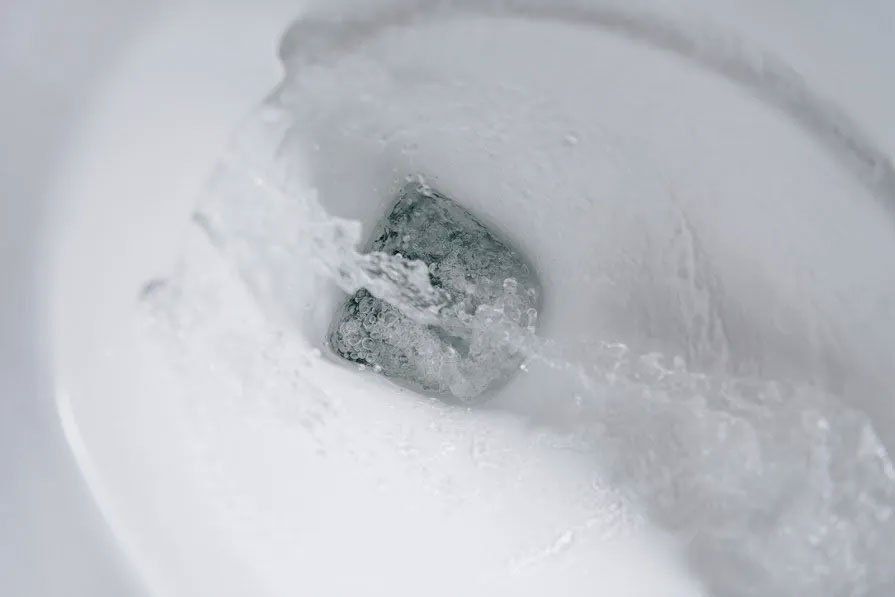
Whenever you flush your toilet, it should release just enough water into the bowl to clean it out. You want enough water and power to clear the bowl without spilling or splashing outside it. Sometimes, problems in your toilet affect the strength of your flush. For example, you may suddenly notice that your flush strength is weaker, and you don't get enough water coming through the system to do its job. This may mean that you have to flush a couple of times to clean out the bowl. Or, in some cases, you simply can't get enough water coming through to make a difference. A weak flush can have various causes. What are they? 1. Deposit clogs Over time, deposits like calcium and scale can build up in your toilet's cistern. Older toilets may also start to create rust particles. While a lot of this sediment and debris often simply settles at the bottom of the tank, this isn't always the case. Sometimes, these deposits get into your system and clog it up. If they block a part or area through which the water has to run, then the water can't flow out of the cistern at the right level. For example, if you get a sediment build-up in the inlet holes under the rim of your toilet seat, then water comes out of the cistern okay, but it can't go any further. It will come through clear holes but not through ones which have sediment in them. This reduces the volume of water that hits the bowl when you flush. 2. Low water levels Every toilet stores just enough water in its cistern to give you a perfect flush. When you use the toilet, this water should refill to the right level ready for the next time you need it. If this doesn't work, then you won't get enough water coming through. This makes the flush weaker than it should be. There are a few different reasons why your cistern doesn't fill to the right level. Sometimes, this is down to the level control. For example, if you have an older float ball control in your cistern, then the ball goes up as water comes in after a flush. When the ball reaches a certain point, it stops moving; this closes the valve that allows water in. If your water control mechanism is set at the wrong level or has stuck, then your cistern won't refill to the right depth. Your flush will be weaker if the refill level is too low. 3. Valve problems Your cistern controls water by deploying inlet and outlet valves. The inlet valve allows water in when the cistern needs to refill; the outlet sends water out when you flush. Sometimes, problems with these valves affect the strength of your flush. For example, if the outlet valve doesn't close correctly, then water will seep out of the cistern constantly. This sometimes leaves less water in the tank for a flush. Or, if the inlet valve is stuck or gummed up, then it may not allow enough water through to fill the cistern. 4. Blockage problems Not all blockages in a toilet clog it up completely. Sometimes, you get a partial blockage that allows the toilet to flush partly but not fully. This makes it appear like you have a weak flush. Here, your flush will contain enough water and will work at full strength. However, the blockage prevents the water from clearing out the toilet. If your flush is weaker than usual, then you should have the problem checked out. You may simply need a minor tweak or fix right now; however, leaving the problem could turn it into a bigger, and more expensive, issue. For a quick diagnosis and repair, contact the experts at S.P.K. Plumbing & Civil.
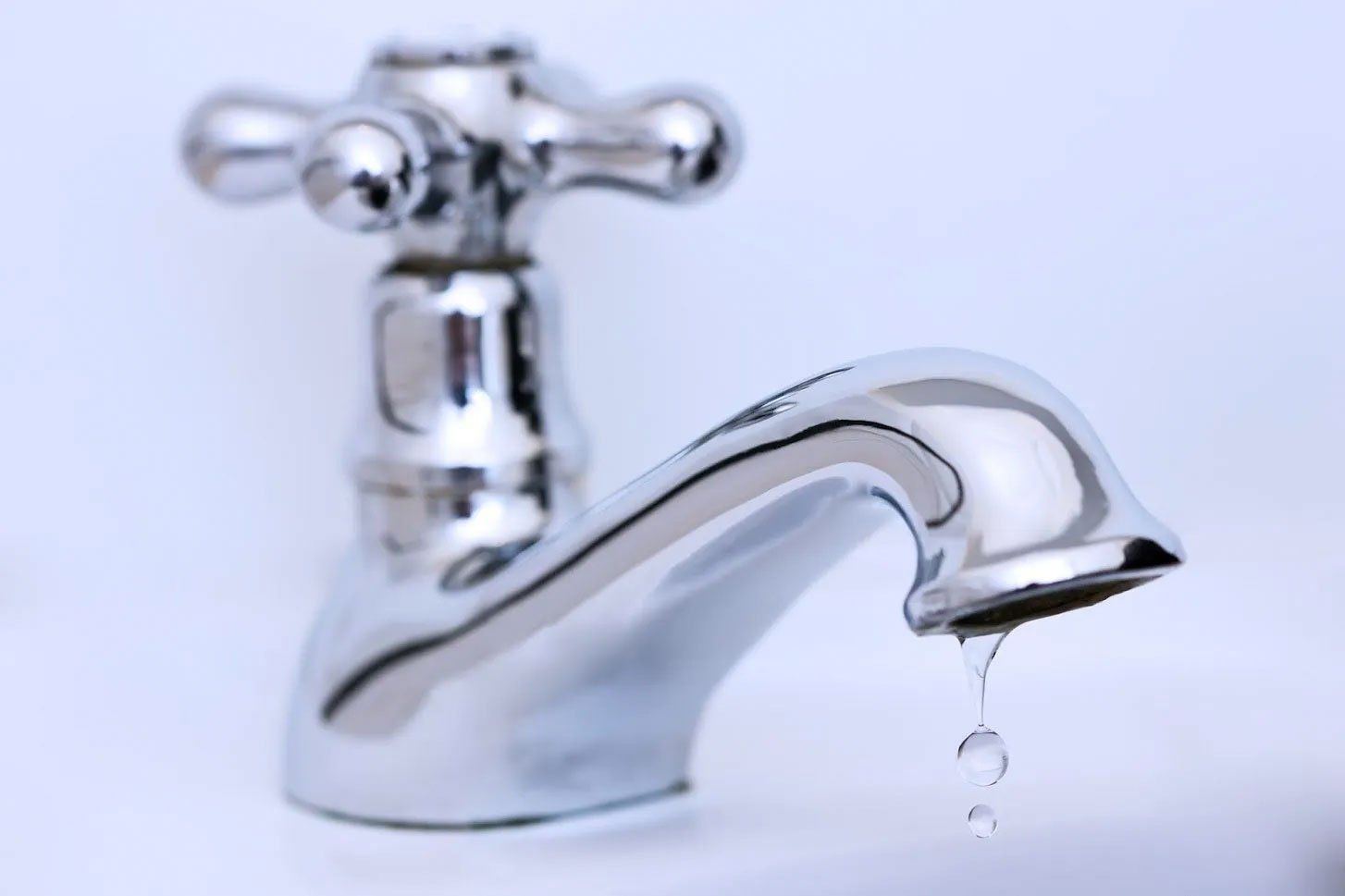
A leaky tap is much more than a noisy nuisance that keeps you awake at night. For starters, a leaky tap can waste thousands of gallons of water per year. But more than that, a leaking tap can have a negative impact on your health in more ways than one. If one or more taps in your home or place of business leak, hire a plumber to fix them as soon as you can. Otherwise, you could suffer from the following health effects. Rotten cupboards and flooring Whether your tap drips or leaks water between the tap body and the spindle, it will affect the surrounding surfaces. And any wooden surfaces and structures in the vicinity of your leaking tap will begin to rot. Once you understand the science of how wood rot occurs, you will begin to see how dangerous it can be. A fungus that requires moisture, temperatures between 10 and 37 degrees Celsius and a food source, such as wood, to survive and thrive causes wooden fixtures and structures to rot. If the floor around your sink or bath becomes unstable because of rot, it could collapse under you. And rotten cupboards too can collapse without warning. Dangerous mould infestations Along with the fungi that cause wood rot, you will also have the fungi that cause dangerous mould infestations. And like wood-rot fungus, mould thrives in places that you might never notice, such as behind walls, under sinks and under floorboards. Black mould can be deadly to your health, especially if you already have asthma and other allergies. The toxins from mould can cause respiratory problems like asthma attacks and sinus infections. Slippery floors Tap leaks or, in fact, any leaks worsen over time due to corrosion, age and wear and tear from by constant use. And if you are often out at work and busy while at home, you might not notice the issue worsening. But what happens if the leak worsens overnight while you are asleep and creates a puddle of filthy water in your bathroom or kitchen? You might not know the puddle is there until you have slipped in it and injured yourself. This is an especially dangerous issue for seniors and young children. Contaminated food due to cockroaches One particularly nasty pest that loves leaking taps in Australia is the cockroach, which can breed out of control in a short time. Cockroaches are a health risk because they carry dangerous bacterial strains like E.coli and Staphylococcus on their bodies. Cockroaches can then contaminate your food, cutlery and crockery when they crawl through your kitchen. You could then suffer from food poisoning as a result. Allergic reactions from unwanted pests Leaking taps can bring all kinds of pests into your home, such as termites and cockroaches. Unfortunately, all of these pests produce harmful allergens that can cause asthma attacks and severe allergic reactions. For instance, termites and cockroaches produce allergenic proteins like tropomyosin, which are also found in shellfish. If your leaking taps attract these pests into your home then, you and your family could begin to experience allergic reactions and respiratory problems. A leaky tap will not just leave you out of pocket. It will damage your health too. If you are worried about a leaky tap or two in your home, contact S.P.K. Plumbing & Civil today. With over two decades of experience, we can fix your leaking taps quickly and professionally so you and your family or staff members do not suffer any ill effects to your health. We look forward to speaking with you soon and meeting all your plumbing needs.
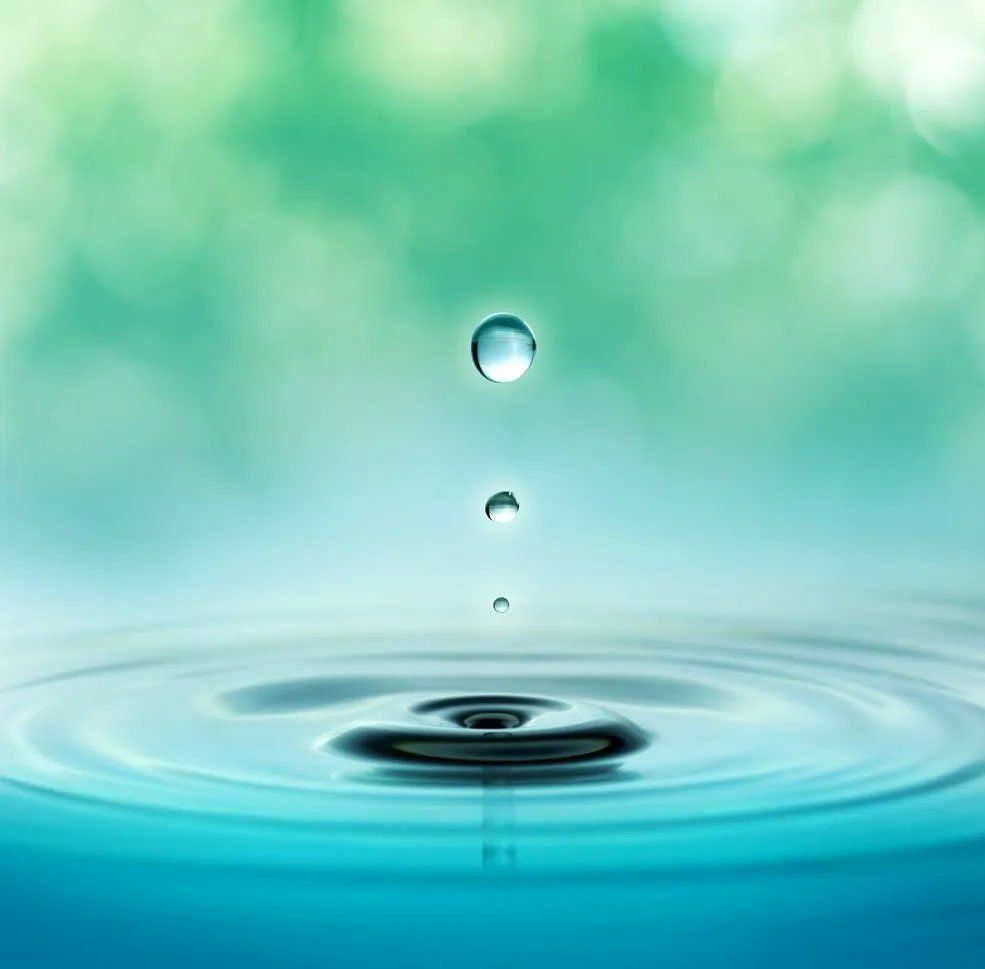
When you build your own house, you get to design your perfect home. You also get the chance to create an effective infrastructure for the property. For example, when you build from scratch, you can work with your plumber to design a bespoke plumbing system that operates efficiently. This doesn't just give you an effective water supply where you need it, it also ensures that you get an energy-efficient and economical system. As part of this process, you may want to install devices that reduce your water usage and energy consumption. If you and your family take a lot of showers, and you plan to put a couple of units in your home, then you should look at water recycling systems. How do these showers work, and what are their benefits? What is a water recycling shower? Water recycling showers don't work any differently to regular units in terms of your bathing experience. However, they do deal with the water you use in a different way. A traditional shower sprays water when it is on. As this water passes over your body, it goes straight down the drain. The shower continues to feed new water out of its head until you turn it off. A recycling shower uses a limited amount of water to start with. As this water runs down, the unit captures it, gets it ready to use again and then recirculates it through the head. So, as the shower runs, the water collects at the base of the unit. This water then feeds back through the shower. As this happens, the unit recycles the water. It filters it and then cleans it up. This often involves a kind of pasteurisation process that heats the water and purifies it before it feeds through the head again. Some systems use ultraviolet light as a cleaning agent. In either case, this process repeats itself for the length of time you take a shower. What are the advantages of installing water recycling showers? Showers may use less water than baths, but that doesn't mean that they are completely water- and energy-efficient. When you take a regular shower, the water you wash with goes down the drain. The longer you stay in the shower, the more water you lose. If you like to take long hot showers, or if you have a large family who all take daily showers, then your water consumption increases. Your usage and heating costs may be higher than you'd like. You essentially pay to run and heat a lot of water that you don't use all that efficiently. A recycling shower only uses a few litres of water at a time. It doesn't need a constant flow of new water as it recirculates a set amount. You get all the benefits of a regular shower without using as much water. This also saves energy. If you run a regular long hot shower, then you have to heat a lot of water. A recycling shower also reduces these costs. These systems heat water from the get-go. So, you don't have to waste cold water while you wait for the shower to run hot. It starts hot. Plus, you essentially recirculate warm water here. As the water goes through its quick cleaning process, it reheats. It takes less power to heat warm water than cold. So, your shower becomes more energy-efficient. The less energy you use to heat your water, the less you pay. So a recycling shower could help you reduce your water and energy consumption. However, you won't feel like you are missing out. Apart from its recycling benefits, this kind of shower feels the same as any other. To learn more about water recycling showers or to discuss your new home plumbing needs, contact S.P.K Plumbing & Civil.
